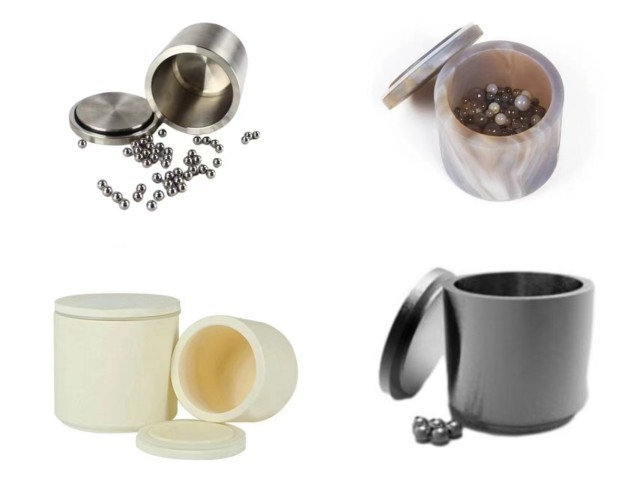Introduction to Ball Mills
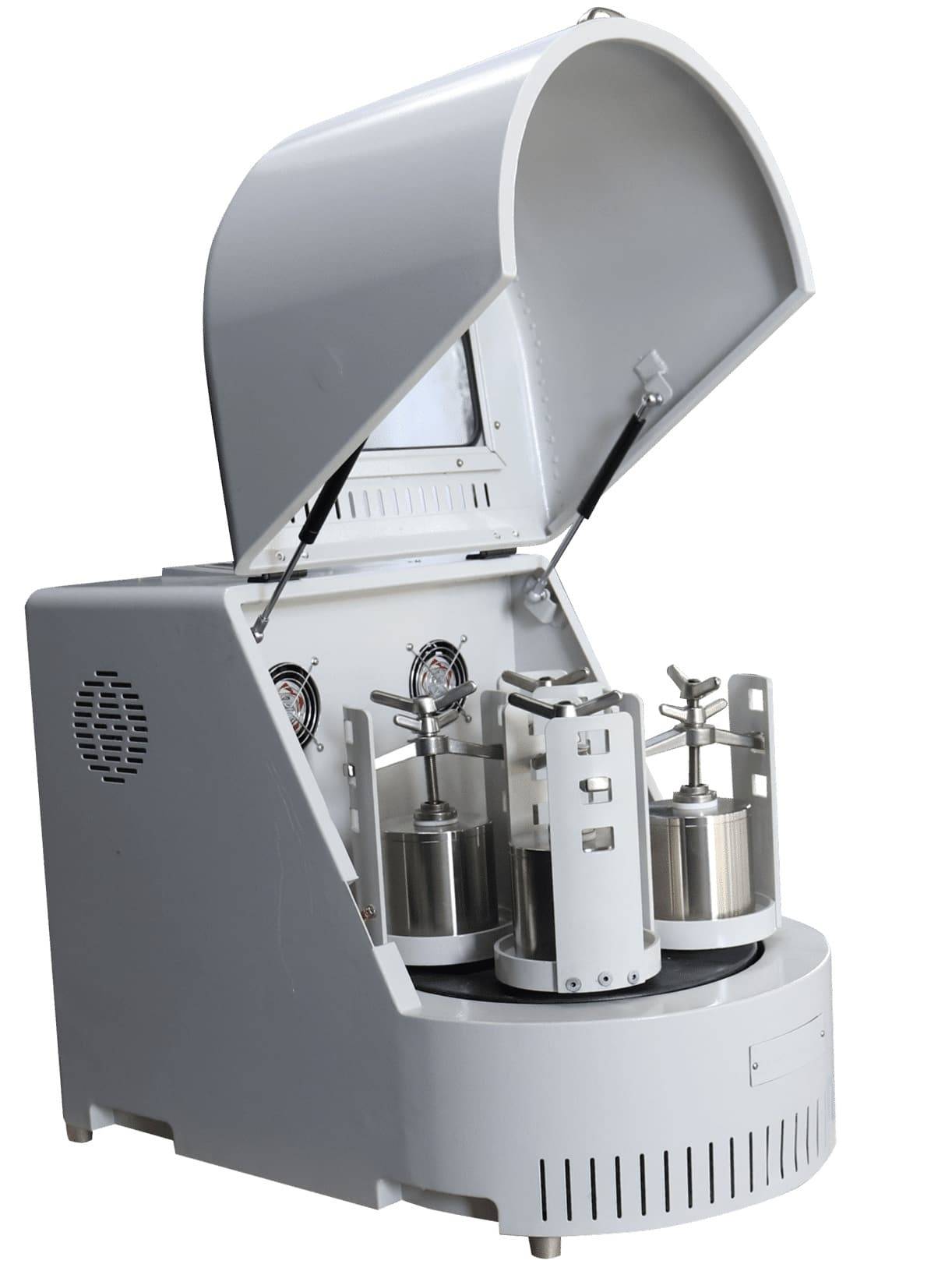
Ball mills play a crucial role in various industries such as mining, chemistry, and materials science, offering efficient grinding solutions for a wide range of materials. Selecting the best material for ball mills is essential to optimize grinding performance and ensure efficiency. In this article, we will explore the factors to consider when choosing the best material for ball mills, compare different grinding media materials, and discuss strategies for ensuring grinding success. We will also delve into the applications of ball mills and highlight the advantages of high-energy ball mills for ultra-fine particles. Let's dive into the world of ball mills and discover the key factors for maximizing grinding success.
Factors for Choosing the Best Material
When selecting the best material for ball mills, several critical factors must be considered to ensure grinding success. These factors include the type of grinding balls, material-to-ball ratio, liquid medium, grinding time, and speed.
Type of Grinding Balls
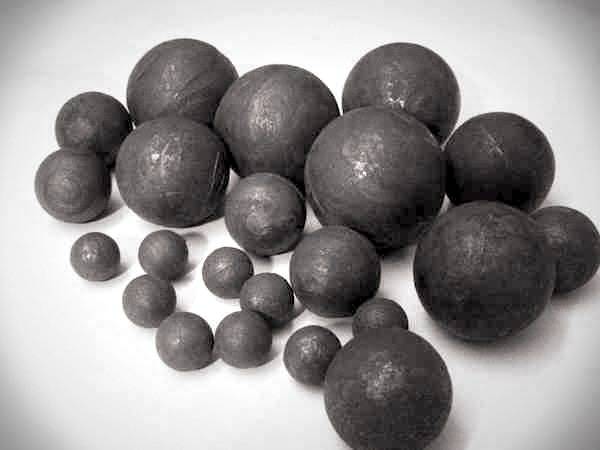
The size and material of the grinding balls play a crucial role in the grinding process. Small grinding balls, typically around 3 mm in size, are used to primarily employ frictional forces to grind the material, especially in colloidal grinding. As particles become smaller, friction becomes increasingly essential in reducing particle size in the colloidal range.
Material-to-Ball Ratio and Liquid Medium
The ratio of material to the grinding balls and liquid, along with the choice of the liquid medium, significantly impacts the grinding process. It is essential to select a liquid medium that minimizes sample contamination, especially for wet grinding applications. Yttrium stabilized zirconium oxide (ZrO2) stands out as an excellent choice for wet grinding due to its minimal sample contamination and excellent surface characteristics.
Grinding Time and Speed
The grinding time and speed are crucial parameters affecting the productivity of ball mills. Optimum ratios between the length and diameter of the grinding drum, usually falling in the range of 1.56–1.64, contribute to the overall productivity. Additionally, factors such as the physical-chemical properties of the feed material, the filling of the mill by balls and their sizes, speed of rotation, milling fineness, and timely removal of the ground product impact the mill's productivity.
Specific Energy Consumption
Ball mills exhibit high specific energy consumption, and it is most disadvantageous to use a ball mill at less than full capacity, as a mill filled with balls working idle consumes as much energy as during the grinding of material.
Grinding Media Properties
The properties of the grinding media also significantly impact the grinding process. Parameters such as the size, density, hardness, and composition of the grinding media play a crucial role in determining the final product's particle size and quality. It is essential to ensure that the grinding media are substantially larger than the largest pieces of material to be ground, denser than the material being ground, durable enough to grind the material, and compatible with special requirements of various grinding applications.
In conclusion, the selection of the best material for ball mills is a critical decision that directly impacts the grinding process and the quality of the final product. By carefully considering the type of grinding balls, material-to-ball ratio, liquid medium, grinding time, speed, and the properties of the grinding media, the optimal material can be chosen to ensure successful and efficient grinding operations.
Comparing Different Grinding Media Materials
Ball mills are essential equipment for grinding and mixing materials in various industries, utilizing different grinding media materials. In this section, we will provide an in-depth comparison of various ball mill grinding media materials such as stainless steel, ceramic, agate, and tungsten carbide. Each material has specific properties, advantages, and applications that are important to consider for efficient and effective grinding processes.
Stainless Steel Grinding Media
Stainless steel balls are commonly used as grinding media in ball mills due to their high density and low contamination of the processed material. They are particularly effective in applications requiring durable and high-density grinding media. However, it is important to note that stainless steel balls may not be suitable for all applications due to specific material requirements or concerns about contamination.
Ceramic Grinding Media
Ceramic materials are widely used as grinding media for ball milling due to their exceptional properties. Yttrium stabilized zirconium oxide (ZrO2) is considered one of the best materials for wet grinding, as it minimizes sample contamination, possesses excellent surface characteristics, and exhibits high durability. However, it is important to handle ceramic materials with care, as they can shatter if subjected to impact forces.
Agate Grinding Media
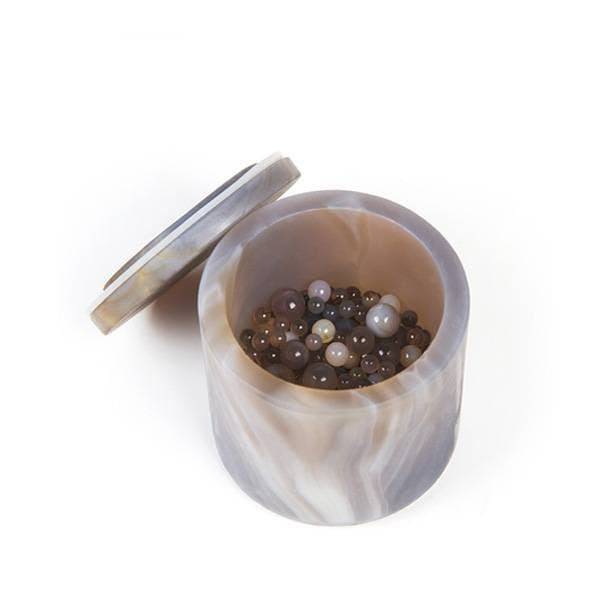
Agate is another material used for grinding media in ball milling. This material is known for its hardness, toughness, and slow wear rate, making it suitable for various grinding applications. However, it is essential to handle agate with caution, as it may shatter if dropped or exposed to impact forces.
Tungsten Carbide Grinding Media
Tungsten carbide is a robust material used for grinding media in ball mills. It is known for its hardness, durability, and resistance to wear, making it suitable for demanding grinding applications. However, similar to ceramic materials, tungsten carbide can shatter if subjected to impact forces, necessitating careful handling.
Comparison of Properties and Applications
When comparing these grinding media materials, several key properties and applications should be considered:
Size
The size of the grinding media particles directly impacts the final product size. Smaller media particles result in a finer product, making it essential to select the appropriate size for specific applications.
Density
The density of the grinding media should exceed the density of the material being ground to prevent floating, ensuring efficient grinding processes.
Hardness
Grinding media should exhibit sufficient hardness to grind the material effectively without excessively wearing down the equipment. However, it is crucial to maintain a balance to avoid detrimental effects on the equipment.
Composition
Different applications have specific requirements concerning the composition of the grinding media. Considerations such as the finished product's color and material, as well as the media's reactivity with the material being ground, are crucial in material selection.
Conclusion
In conclusion, the choice of grinding media material for ball milling is a critical decision that significantly impacts the efficiency and effectiveness of the grinding process. Each material offers distinct properties and advantages suitable for various applications. By carefully considering the specific requirements and properties of each material, readers can make informed decisions to optimize their grinding processes.
Optimal Jars and Media for Planetary Ball Milling
Grinding jars and media play a crucial role in achieving successful and efficient planetary ball milling. When considering contamination from the sample preparation device, it is essential to choose the right materials for the jars and media to minimize sample contamination. Materials commonly used for grinding vessels include steel, tungsten carbide, alumina, and zirconia. Each material introduces specific elements to the sample, such as Fe, Ni, Cr, W, Al, and Zr, which can impact the analysis results.
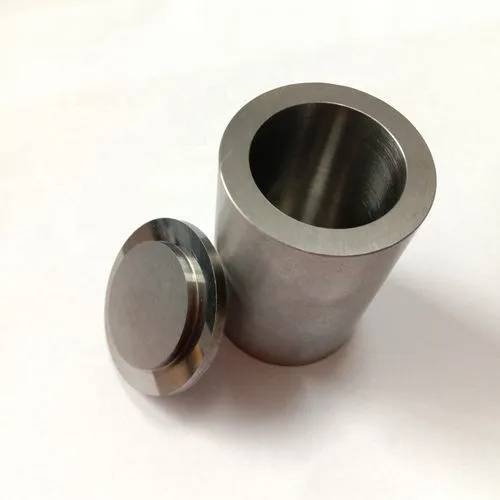
Tungsten carbide is a popular choice due to its hardness, making it suitable for various applications. However, it is important to select the grinding vessel based on the elements being analyzed to prevent contamination. Tungsten carbide, although effective, can be costly compared to other options such as alumina and zirconia. It is crucial to balance the material's properties with the analysis requirements to ensure accurate results.
In the context of planetary ball milling, wet grinding is a common practice that offers several advantages. The choice of milling jars is critical for the success of the grinding process. Various materials, including carbon steel, stainless steel, ceramic, polyurethane lined, and natural rubber lined jars, are available in different sizes to accommodate the sample volume and grinding conditions. Additionally, the jar rolling mill with adjustable speed drives enhances flexibility for different jar sizes and grinding parameters.
For wet grinding applications in planetary ball milling, choosing the right jars and media is crucial to achieve optimal results with minimal sample contamination. Yttrium-stabilized zirconium oxide (ZrO2) stands out as an excellent choice due to its superior properties. ZrO2 is hard, tough, wear-resistant, non-corrosive, and maintains excellent surface characteristics. Its minimal wear rate ensures prolonged usage, while its non-brittle nature requires protection against impact forces. High-quality ZrO2 grinding jars with stainless steel protective jackets offer additional benefits such as airtight seals and secure handling, enhancing user convenience and safety during the milling process.
High-Energy Ball Mills: Intensity and Efficiency
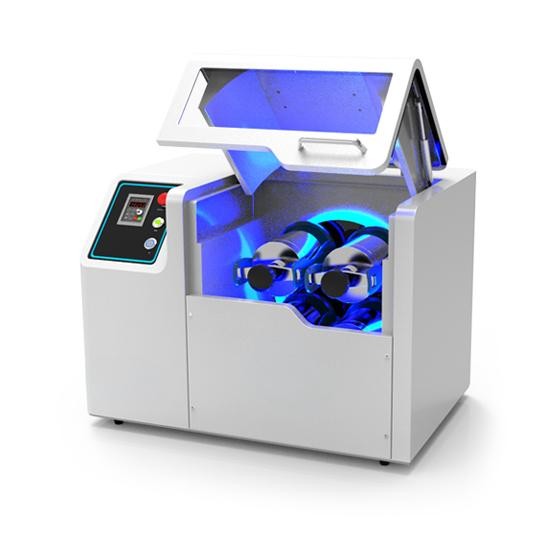
High-energy ball mills are a powerful tool for grinding hard and brittle materials, excelling in mechanical alloying, ultra-fine particle production, and rapid size reduction compared to traditional ball mills. These mills use balls or beads to crush, grind, or impact materials with high kinetic energy, resulting in efficient size reduction and versatile applications.High-energy ball milling is the only top-down approach for nanoparticle synthesis, used for the generation of magnetic, catalytic, and structural nanoparticles. Despite early contamination concerns, advancements in technology have reduced impurities to acceptable levels for many industrial applications. High-energy ball mills are commonly used for grinding hard and brittle materials, as well as for mechanical alloying, mixing, and homogenization of various materials.
These mills are known for their speed, intensity, and ability to produce ultra-fine particles in a short amount of time, making them a high-octane grinding solution. High-energy ball mills provide exceptional capabilities for synthesizing materials through high-energy milling and are instrumental in achieving efficient size reduction and material homogenization.
Evolution and Advancements in Ball Mill Materials
The historical development and technological advancements in ball mill materials have transformed traditional applications and expanded into modern high-energy ball mill techniques. From the standard steel and ceramics to the latest innovations, materials and applications for the ball mill have evolved dramatically.
Traditional Materials and Applications
The traditional ball mill consists of a hollow cylindrical shell filled with grinding media, such as steel, stainless steel, ceramic, or rubber balls. The interior surface is typically lined with abrasion-resistant materials such as manganese steel or rubber, which reduce wear in the mill. Historical applications ranged from grinding flint for pottery to various processes in ceramics, metals, and consumer goods production.
High-Energy Ball Mill Technology
The Industrial Revolution and the invention of steam power enabled the development of an efficient ball milling machine in the 19th century. This technology laid the foundation for high-energy milling, which involves various components and machines for grinding applications. It marked the transition from manual grinding to mechanical precision in material synthesis.
Modern Applications and Innovations
The modern high-energy ball mill has revolutionized material preparation across industries. It supports a wide range of applications, including ceramic membranes, solid oxide fuel cells, gas separation, filtration, metals heat treating, enameling, consumer ceramics, structural ceramics, electronic components, and architectural ceramics. The advancements in ball mill technology have enabled the production of nanomaterials with unique properties, such as surface control of nanoparticles and higher preparation efficiency using mixing technology.
Advancements in Ball Mill Materials
The progress in ball mill technology includes the automation of ball mills, allowing automatic operation through computer control for improved efficiency. Additionally, researchers are exploring methods to control the surface morphology of nanoparticles and enhance material uniformity through ball mill mixing technology. This signifies a shift towards more advanced preparation technologies to meet diverse application needs in different fields.
Overall, the evolution and advancements in ball mill materials have propelled the industry towards higher efficiency, precision, and versatility, paving the way for future breakthroughs in material preparation and synthesis.
Related Products
- Laboratory Ball Mill Jar Mill with Metal Alloy Grinding Jar and Balls
- High Energy Vibratory Ball Mill for Lab Use
- High Energy Vibratory Laboratory Ball Mill Grinding Mill Single Tank Type
- Hybrid High Energy Vibratory Ball Mill for Lab Use
- High Energy Planetary Ball Mill Milling Machine for Laboratory
Related Articles
- Understanding the Tablet Press Machine R&D Lab Model and its Features(2)
- Planetary Ball Mills: Research Tools for Efficient Mixing and Nanoscale Grinding
- Disc / Cup Vibratory Mill: A Comprehensive Guide to Grinding Equipment
- Features of Different Laboratory Mills: An Overview
- PTFE Shovel: A Comprehensive Guide to Its Uses, Advantages, and Applications
